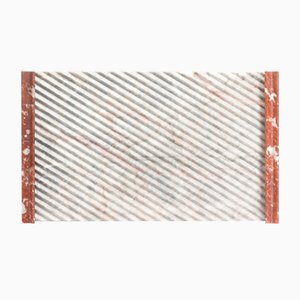Editions Milano is Made-in-Italy heritage for the 21st century
Milanese Style
“The essence of what we do is in our name—we are editors,” says Eleonora Negri, a long-time design communications consultant who in 2016 launched high-end furniture brand Editions Milano. “We start from a simple idea and then find the best talent to shape it into objects that are not merely functional but also sensorial and emotional. Our key elements are high-impact aesthetics and rigorous ‘Made in Italy’ production.”
Years of promoting the design projects of others ensured that Negri was well positioned to create her own winning brand. Benefitting from Negri’s well-established connections in the design industry, Editions Milano debuted at the 2016 Milan Design Week with Credenza, a limited-edition series of storage furniture crafted in stained glass and co-designed by the eminent architect-designer Patricia Urquiola and the buzzworthy artist-graphic designer Federico Pepe.
The collection performed beyond expectations, attracting extensive media coverage and an extremely positive response from the public. In a short time, Editions Milano has released new collections from the likes of Chiara Andreatti, Cristina Celestino, CTRLZAK, Germans Ermičs, Bethan Gray, and Pietro Russo. Already this year, the brand’s Triangoli Vessels, designed by David/Nicolas, was honored with a design award from Wallpaper* Magazine.
Eager to learn more about Negri’s secret to success, we met up with her at Editions Milano’s headquarters in Milan’s iconic, Liberty-style FuturDome building (which notably served as a gathering point for Futurist artists in the ’30s and ’40s but was recently restored into a multidisciplinary art and design space). Here’s what she had to share as we sipped espressi in the midst of all that design history.
Carlotta Trevaini: Milan is Editions Milano’s hometown. What role has the city played in the definition of your brand’s identity?
Eleonora Negri: Milan is our original and ongoing source of inspiration; it is not a coincidence that it’s part of the brand’s name! The Milanese attitude is a mix of contraries: it’s sophisticated, but never shows off; it’s elegant in a very bourgeois way, but also somehow unpredictable, never banal, and doesn’t take itself too seriously. We thrive off the continuous evolution here, as the old and the new always find an ideal balance. There’s always something new and unexpected to discover—and rediscover!
CT: The Italian design scene today is extremely rich, with established and emerging designers experimenting with new and multidisciplinary approaches. How do you see the evolution of Italian design, and which forthcoming trends do you expect?
EN: I have had the luck to work in the field for several years now, so I can see clearly the constant revolution that Italian design experiences. Typical “Made in Italy” crafting techniques are a rock solid certainty, researched and appreciated worldwide. On the creative and planning sides, there is an endless flow of new ideas and personalities emerging. Italy has given us the great design masters of the past, and today the country continues to perform well globally. Today’s talents are those who are able to tell a story; who can express an emotional value through materials, colors, and shapes. We’ve had great luck to work with many Italian designers who are now internationally recognized—like Cristina Celestino, Pietro Russo, Lorenza Bozzoli, Chiara Andreatti—and we can really see that their success comes from their capacity to translate an abstract idea into a sensorial experience.
CT: What is the creative process of Editions Milano projects?
EN: We probably work the other way around compared to the majority of design brands. We first define the original idea, which could be anything—a particular material, shape, or technique. Then we think about who could be the best match for our idea and get in touch with the designer that we think could best translate the abstract into the concrete. This was the process with our Credenza collection: we were intrigued by stained glass, the material that was used in Italian churches in the Middle Ages. Then we approached Federico Pepe and Patricia Urquiola. Pepe, besides being a designer, is a truly great artist, so we pictured him for the graphic, artistic side of the project. And Urquiola was simply the strongest candidate to translate such an old-fashioned material into something absolutely contemporary and captivating.
CT: Have you found any remarkable differences among the creative approaches of the designers you’ve worked with?
EN: Each designer that we’ve collaborated with has his or her own approach. The objects we create are the result of an intense—and fun!—teamwork. I believe that the creative freedom that we give to designers is a great catalyst for amazing pieces, but each project takes its own path. We start from a theoretical concept, and it slowly becomes real through many tests, adjustments, and changes. Some designers are more focused on the creative side of the project; others follow through the whole production process. Each brings his or her own modus operandi, so it’s always a great opportunity for us to learn something new.
CT: How would you define “good design”?
EN: I believe a good design product must have three necessary features: flawless quality of materials and production, a pleasing aesthetic, and a correctly perceived value. The monetary value is defined by factors like materials, crafting techniques, costs, and so on. But the consumer in fact does not only want to fulfill a need and is not necessarily driven to his or her choice by the monetary value alone. The consumer expects the design object to provide an inner satisfaction, so a good design product must be able to reflect and serve such expectations.
CT: Where do you sell the most?
EN: As Editions Milano is still very young, we have focused for now only on the wide, positive responses we received in the European and US markets. We do not exclude the option to enlarge our horizons in the future, but we want to be prepared to meet new targets with the right tools and approach. We aim always to be coherent with our choices. Since we are not interested in quantity, but rather in the quality, it is still preferable for us to focus on a small niche. We would never want to become too generic in an attempt to please everyone. We wouldn’t want to risk losing the focus of our own stylistic identity.
CT: Can you tell us something about your upcoming projects?
EN: We have many new projects in the works, with both new and old collaborators. We will work again—for the thrid year—with Patricia Urquiola and Federico Pepe, but this time they're working independently. Patricia has designed two collections for us; one is marble accessories and the other is furniture. Federico has conceived a collection of stunning mirrors and a series of tableware in marble. And a new entry we are really looking forward to is Federico Peri, a great talent on the rise. I can’t tell much about the open projects now because, as usual, we are starting from ideas and need to see where they lead. Stay tuned!
-
Text by
-
Carlotta Trevaini
Originally from Turin, Carlotta is part of our delightful sourcing team. She is also a big fan of urban art and coffee. Prior to arriving in Berlin in 2016, she spent time exploring Australia and studying politics and economics in Italy and the south of Germany. Though she misses seeing the Alps on the horizon, she loves Berlin’s inspiring creative scene as well as its “effortless, multicultural environment.”
-
More to Love
Alice Cake Stand M by Bethan Gray for Editions Milano

Victoria Table Lamp by Bethan Gray for Editions Milano

Alice Bowl by Bethan Gray for Editions Milano

Alice Cake Stand S by Bethan Gray for Editions Milano

Alice Cake Stand L by Bethan Gray for Editions Milano
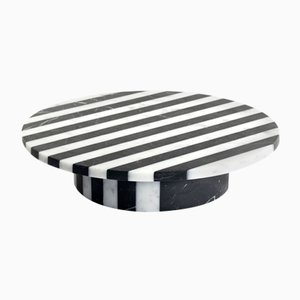
Alice Pendant by Bethan Gray for Editions Milano

Versi Carafe Small A by Patricia Urquiola for Editions Milano

Versi Carafe Small B by Patricia Urquiola for Editions Milano
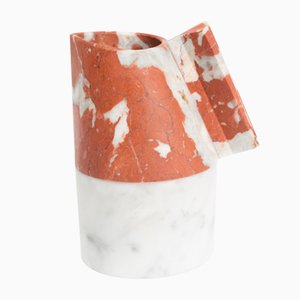
Versi Carafe Large by Patricia Urquiola for Editions Milano
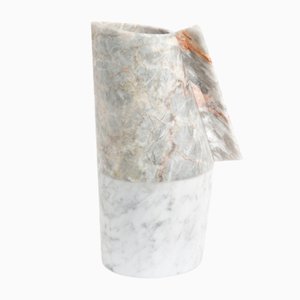
Versi Tray Small by Patricia Urquiola for Editions Milano
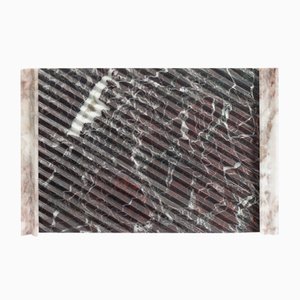
Triangoli White Vessel by David/Nicolas for Editions Milano, 2017
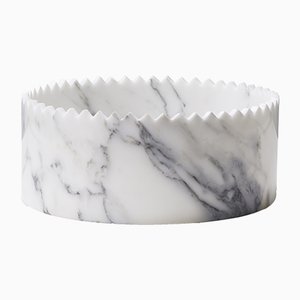
Triangoli Black & Gold Vessel by David/Nicolas for Editions Milano, 2017
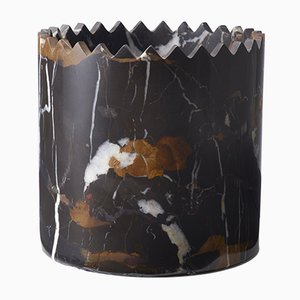
Coolers C Bottle Cooler by Pietro Russo for Editions Milano, 2017
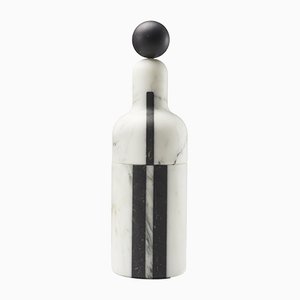
Coolers D Bottle Cooler by Pietro Russo for Editions Milano, 2017

White Ice Ice Baby Bucket by Lorenza Bozzoli for Editions Milano, 2017

Black Ice Ice Baby Bucket by Lorenza Bozzoli for Editions Milano

Coolers B Bottle Cooler by Pietro Russo for Editions Milano, 2017

Miss Marble Portoro Jar by Lorenza Bozzoli for Editions Milano, 2015

Miss Marble Guatemala Jar by Lorenza Bozzoli for Editions Milano, 2015
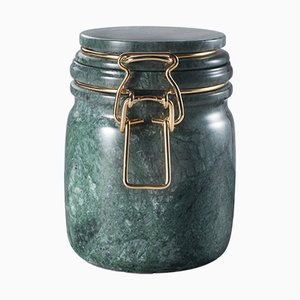
Miss Marble Levanto Jar by Lorenza Bozzoli for Editions Milano, 2015
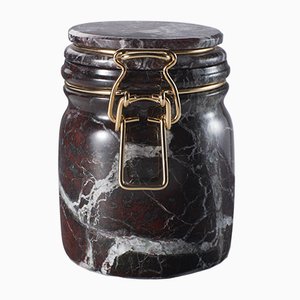
Triangoli Green Vessel by David/Nicolas for Editions Milano, 2017
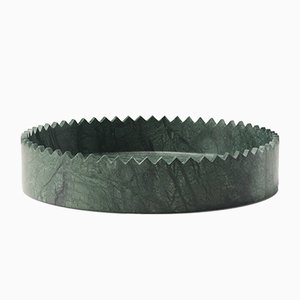
Triangoli Red Vessel by David/Nicolas for Editions Milano, 2017

Versi Tray Large by Patricia Urquiola for Editions Milano
